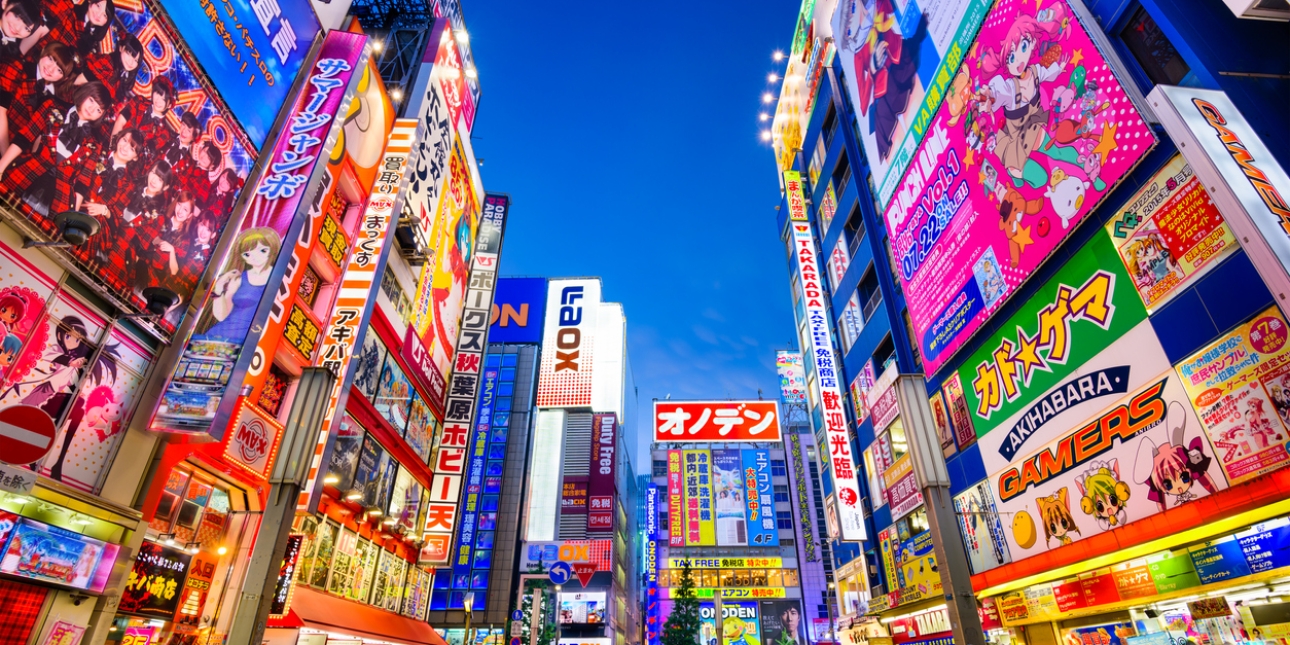Navigating Asia: tailoring your brand for success
With digital economy growth in Asia set to outpace western markets, brands have to work to understand the region’s various audiences, and what makes them tick…
Social media’s impact on international commerce has created a globally connected economy where businesses can more easily take advantage of new opportunities for growth and expansion.
One continent where this is particularly evident is Asia. Its digital economic growth is projected to outpace western markets in coming years, so brands must recognise and adapt to the nuances that govern brand relationships and public relations in the region.
Understanding what makes each Asian market unique
What clicks in China might not necessarily vibe in, say, Japan, South Korea or Thailand. To speak to audiences in different markets, it’s vital to explore what locals love and loathe, as well as who or what influences them to back certain brands.
For companies expanding into Asia, forming connections means learning about local tastes, respecting cultural differences and recognising influential figures. Brands must be ready to embrace these differing viewpoints and acknowledge the uniqueness of each place in order to succeed; only authentic participation can unlock all the exciting opportunities each country has to offer.
Opportunities and hurdles for European brands
Asia is a treasure trove of opportunities, particularly within the food and beverage, luxury goods and travel sector, plus the digital playground that is media, video, gaming and e-commerce.
But understanding cultural quirks can be tricky and involves a delicate balance between local culture and global mindset. Before setting foot in the new market, it’s important to take stock of your brand image and complete a thorough audit of what your brand stands for and what you hope to achieve. Then, conduct thorough research to outline potential pitfalls and identify areas where change is required.
In countries like China, where censorship laws are broad and open to interpretation, it may even be necessary to engage with partners in the target market, who have experience navigating business rules.
In essence, European brands need to be savvy participants in a diverse landscape – understanding the culture, sharing stories that resonate and injecting their unique flavour. This is how PR efforts can seamlessly integrate into the hearts of the Asian audience – and create a buzz that’s both local and global.
Meeting Asian consumer expectations
Developing effective brand awareness, recall and conversion strategies in each Asian market requires a nuanced understanding of consumer preferences and behaviours. While it’s impossible to talk about a specific strategy for every country in this article, there are three key points to consider when looking to launch and build a brand in the region:
1. Desire to feel seen and heard
Consumers appreciate brands that communicate with clarity, simplicity and a touch of fun. The messaging should resonate with local culture, incorporating elements that evoke positive emotions – whether that’s through engaging visuals, relatable anecdotes, or humour that transcends language barriers. This approach fosters a sense of connection, making consumers feel like the brand understands and values their perspectives.
2. Quality over quantity
Consumers tend to prefer brands that emphasise premium, hi-tech and quality services, due to cultural values, technological enthusiasm and economic empowerment. In many Asian cultures, these products symbolise status and success, aligning with the societal emphasis on prestige, innovation and progress.
Additionally, consumers in Asia appreciate brands that prioritise quality, attention to detail and reliability. Economic growth in the region has also led to consumers investing in aspirational, high-quality products, while gift-giving traditions - where premium items convey respect and goodwill - also influence consumer preferences.
3. Brand ambassadors have star power
The role of brand ambassadors in Asian countries is distinct from their western counterparts, primarily due to demographic changes and cultural nuances around parasocial relationships. Getting to grips with the complexities of influencer marketing in Asia is worthwhile however, because this type of brand recognition can yield big dividends: consider the massive influence K-pop bands like BTS and Blackpink have.
In certain countries, such as China, brand ambassadors can even be a sign of quality – bolstering a brand’s overall image and adding to their appeal. Long-term relationships between brands and ambassadors also contribute to consumer trust and loyalty.
The strong emphasis on influencer culture and youth appeal is particularly pronounced in East Asia, where youthful celebrities and creators wield significant influence over younger demographics. Brands wishing to explore influencer campaigns in Asia should strongly consider targeting millennials and Gen Z, as these digital natives will make up almost half of Asia-Pacific (Apac) consumers by 2025.
Localisation is another important aspect of brand strategy in Asian markets, with brands often employing local ambassadors to engage with consumers.
As in the west, the beauty and fashion industries in Asia rely heavily on brand ambassadors, but the influence of virtual brand ambassadors or digital avatars is a notable trend, especially in China.
Navigating language and communication barriers is also essential in Asia, where linguistic diversity within markets is common. Brand ambassadors in certain Asian countries may navigate complex political and social landscapes, so it’s important to activate influencers that align with societal values.
Planning ahead and role of social media
Social media presents an invaluable opportunity to make the most of the trends defining growth across Asia. Brands should use social media to listen to consumer and brand insights, identify and track creator culture, and see where pockets of innovation exist.
These insights are essential to ensuring that regional authenticity and cultural nuances come to the fore – and put you on the path to growth in what represents a massive opportunity for global expansion.
Rhian Robinson is managing director at global communications agency Battenhall, with a remit across Europe, the Middle East, Africa, and Asia-Pacific regions.

